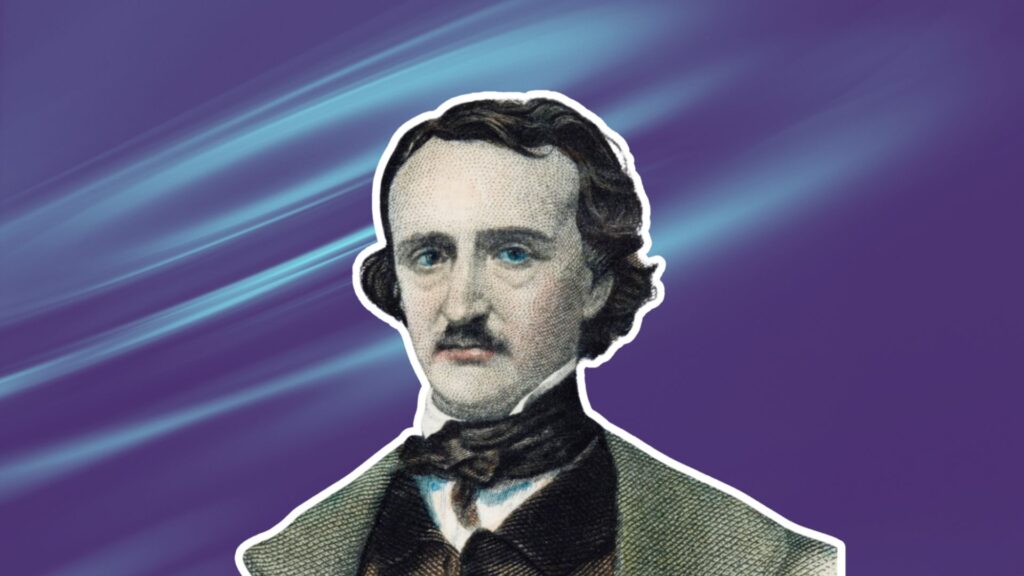Edgar Allan Poe’s life was as dark and mysterious as his stories. Did you know he married his 13-year-old cousin?
Many struggle to separate fact from fiction regarding Poe’s life. His haunting tales and poems often overshadow the man behind them, confusing readers about his identity.
But here’s the twist: Poe’s real life was just as fascinating as his fiction. From his troubled childhood to his mysterious death, Poe’s story is filled with surprises that rival his most gripping tales.
Ready to uncover the truth about America’s master of mystery?
Let’s dive into 35+ strange facts about Edgar Allan Poe’s life.
Early Life and Family

1. Edgar Allan Poe was born in Boston on January 19, 1809, to actors David and Elizabeth Poe. His father abandoned the family when Edgar was just one year old.
2. After his mother’s death from tuberculosis in 1811, Poe was taken in by John and Frances Allan, a wealthy merchant couple from Richmond, Virginia. They never formally adopted him.
3. Poe’s foster father, John Allan, sent him to the best boarding schools but was often at odds with young Edgar due to his gambling debts and rebellious nature.
4. Poe had an older brother, William Henry Leonard Poe, and a younger sister, Rosalie Poe. William died young of tuberculosis, while Rosalie lived into her 70s.
5. As a child, Poe showed an early talent for poetry and often wrote verses in his school friends’ autograph books.
Education and Early Struggles

6. At the University of Virginia, Poe excelled academically but accumulated gambling debts. His foster father refused to help, forcing Poe to drop out after one semester.
7. Poe enlisted in the U.S. Army under the alias “Edgar A. Perry” in 1827. He was promoted to Sergeant Major for Artillery, an impressive feat for someone so young.
8. At West Point, Poe deliberately got himself court-martialed and expelled by refusing to attend classes or church.
9. After leaving West Point, Poe moved to Baltimore to live with his aunt Maria Clemm and her daughter Virginia, who would later become his wife.
10. To make ends meet, Poe worked various jobs, including clerk, newspaper writer, and even assistant editor, often moving between cities for work.
Literary Beginnings
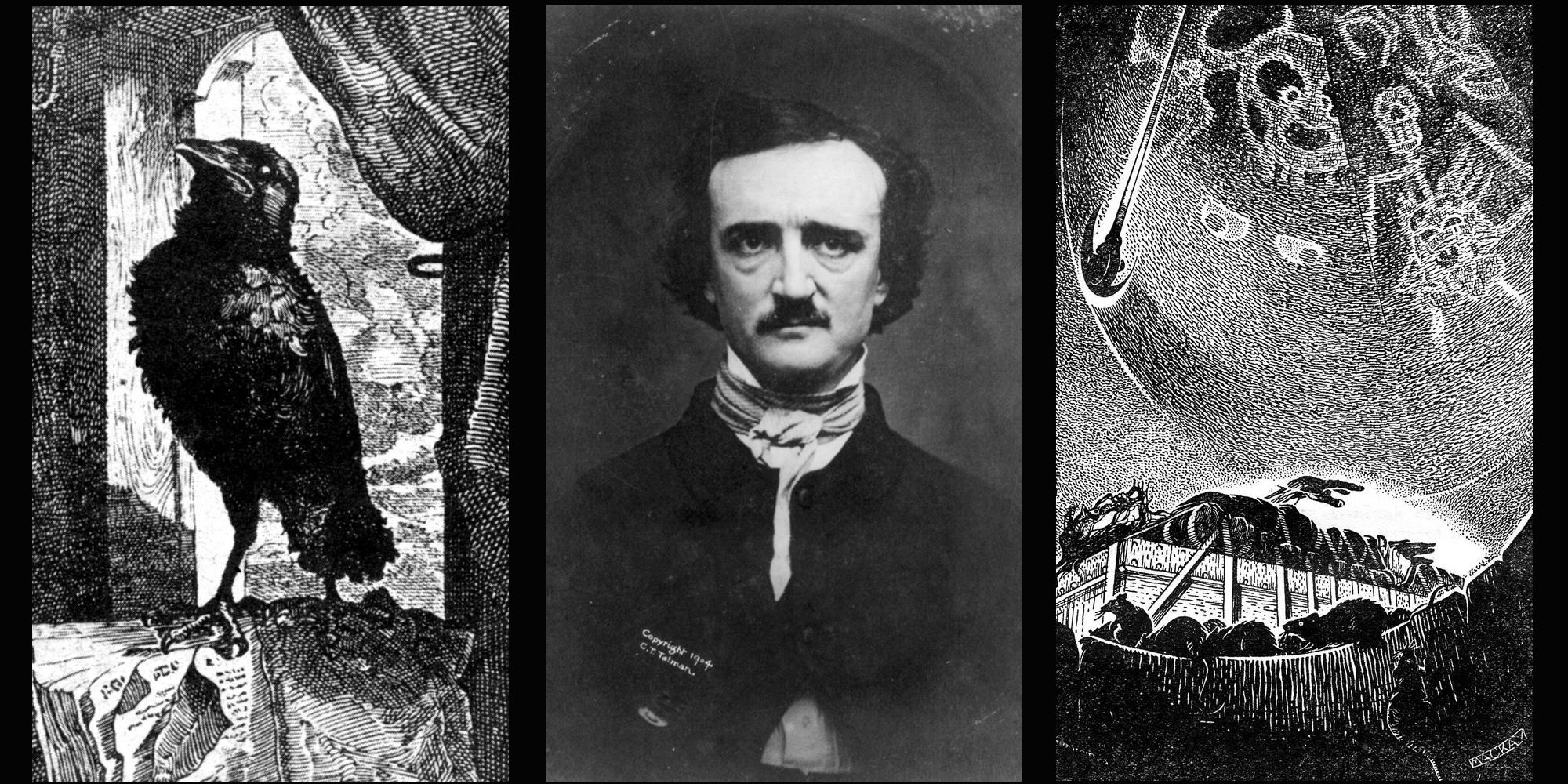
11. Poe’s first published work was a poetry collection titled “Tamerlane and Other Poems” (1827), published anonymously under the signature “By a Bostonian.”
12. His story “MS. Found in a Bottle” won a contest sponsored by the Baltimore Saturday Visiter in 1833, marking his first literary success.
13. Poe’s critical reviews were so harsh and biting that he earned the nickname “Tomahawk Man” in literary circles.
14. “The Raven,” Poe’s most famous poem, was inspired by Charles Dickens’ pet raven, Grip, which Poe had read about in Dickens’ “Barnaby Rudge.”
15. Poe wrote “The Cask of Amontillado” as a response to his literary rival Thomas Dunn English, who had written a scathing novel about Poe.
Relationships and Love Life
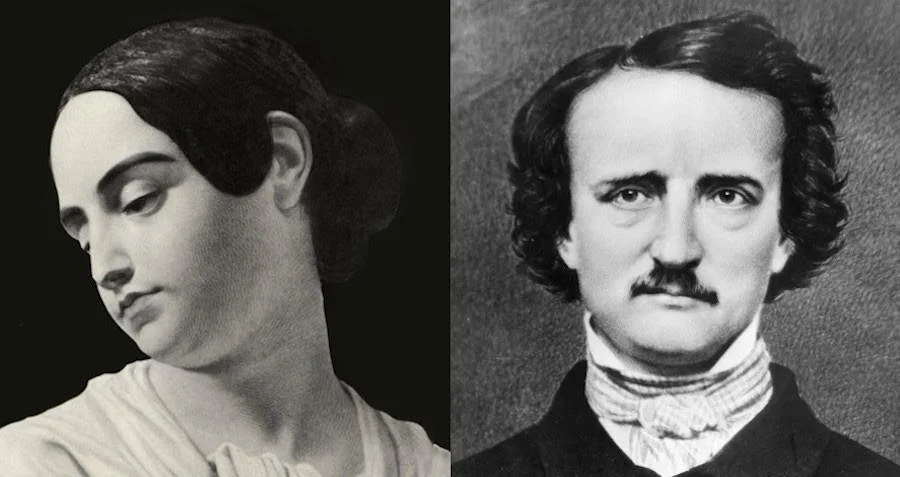
16. Poe married his 13-year-old cousin, Virginia Clemm, when he was 27. Their marriage certificate listed her age as 21.
17. Virginia’s illness and eventual death from tuberculosis deeply affected Poe, influencing many of his works, including “The Raven” and “Annabel Lee.”
18. After Virginia’s death, Poe pursued a relationship with poet Sarah Helen Whitman, but it ended due to his drinking and erratic behavior.
19. Poe had a long-standing friendship and possibly romantic relationship with Sarah Elmira Royster, his childhood sweetheart. They were engaged briefly before his death.
20. Frances Sargent Osgood, a poet, exchanged love poems with Poe, causing a scandal in New York literary circles.
Struggles with Addiction and Health
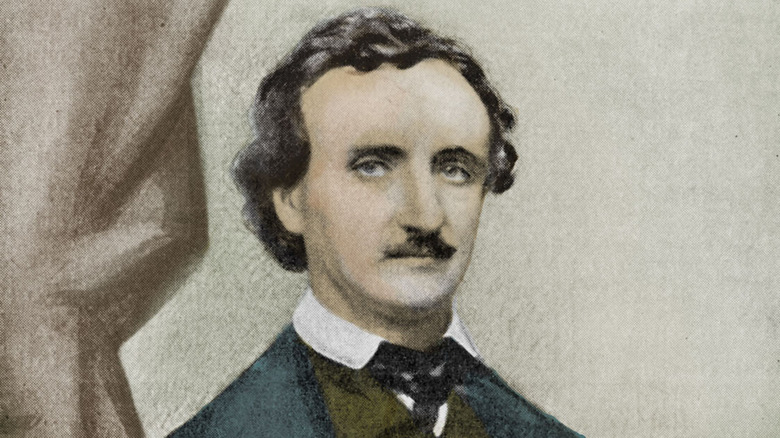
21. Poe’s struggles with alcohol were well-known. He joined a temperance society in 1849, shortly before his death, in an attempt to quit drinking.
22. Some scholars believe Poe may have suffered from bipolar disorder, which could explain his periods of intense creativity followed by deep depression.
23. Poe was hypersensitive to alcohol. Even small amounts could make him violently ill, a condition now known as alcohol intolerance.
24. He often complained of brain fever, which some modern doctors speculate might have been a brain lesion or temporal lobe epilepsy.
25. Poe’s love of cats was so strong that his pet cat, Catterina, is said to have slept on his wife’s grave to comfort him.
Mysterious Circumstances Surrounding His Death
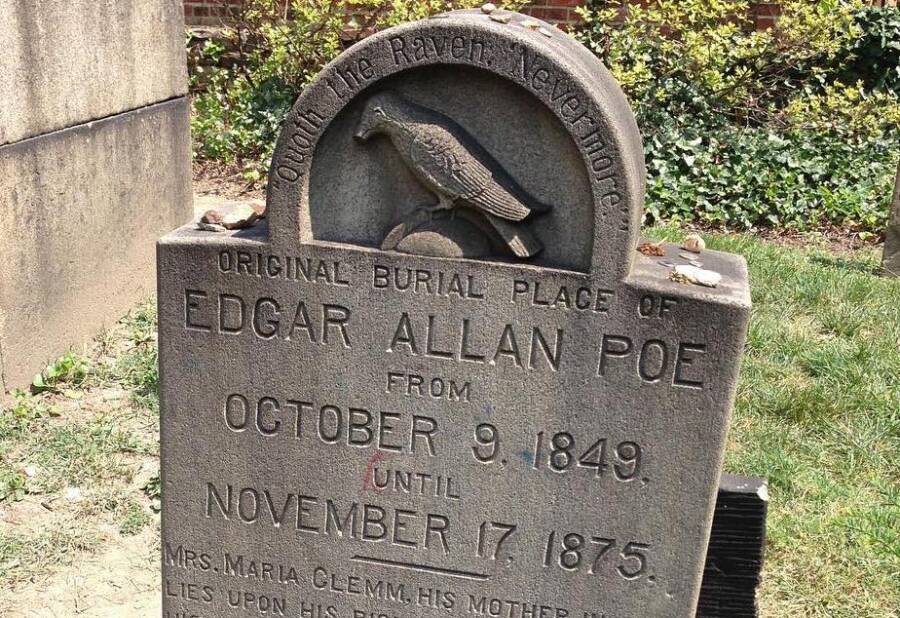
26. Poe was found delirious on the streets of Baltimore on October 3, 1849, wearing clothes that were not his own. He died four days later.
27. In his final days, Poe repeatedly called out the name “Reynolds.” The identity of this person remains a mystery to this day.
28. Poe’s original burial site was unmarked for years. Funds were eventually raised for a proper monument, which was dedicated in 1875.
29. One theory suggests Poe was a victim of “cooping,” a practice where gangs kidnapped people and forced them to vote multiple times in different disguises.
30. Poe’s medical records and death certificate have been lost, adding to the mystery surrounding his final days.
Fun and Little-Known Facts
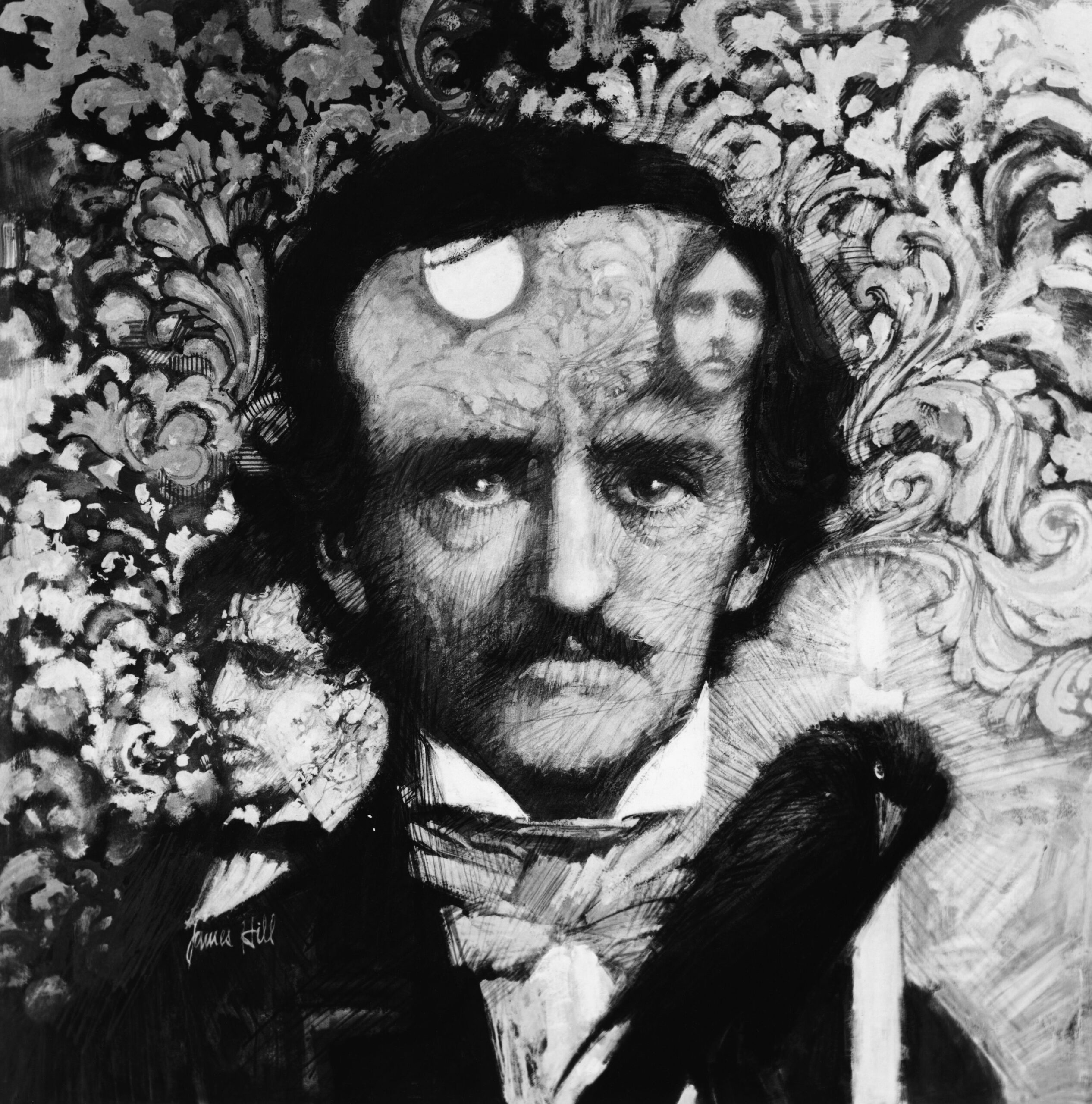
31. Poe was fascinated by cryptography and regularly challenged readers to send him codes to crack. He claimed he could solve any substitution cipher.
32. Poe’s detective character, C. Auguste Dupin, featured in “The Murders in the Rue Morgue,” inspired Sir Arthur Conan Doyle’s Sherlock Holmes.
33. Poe is credited with the first printed use of the term “short story” in his review of Nathaniel Hawthorne’s “Twice-Told Tales” in 1842.
34. Poe believed in the concept of “metempsychosis,” or the transmigration of souls, which influenced works like “The Fall of the House of Usher.”
35. Poe had a bitter feud with Henry Wadsworth Longfellow, accusing him of plagiarism and calling him “the Great Mogul of the Imitators.”
Conclusion
Edgar Allan Poe’s life was a tragedy, talent, and mystery story. From his troubled childhood to his mysterious death, Poe’s experiences shaped the dark, captivating stories we know today.
Why does this matter? Understanding Poe’s life helps us appreciate his work on a deeper level. His struggles with loss, addiction, and mental health add layers of meaning to his haunting tales and poems.
What’s next? Dive into Poe’s works with fresh eyes. Read “The Raven” or “The Tell-Tale Heart” and see how his life experiences echo in his writing.
Share your favorite Poe fact or story in the comments below. Let’s keep the conversation going about this enigmatic figure who forever changed American literature.

